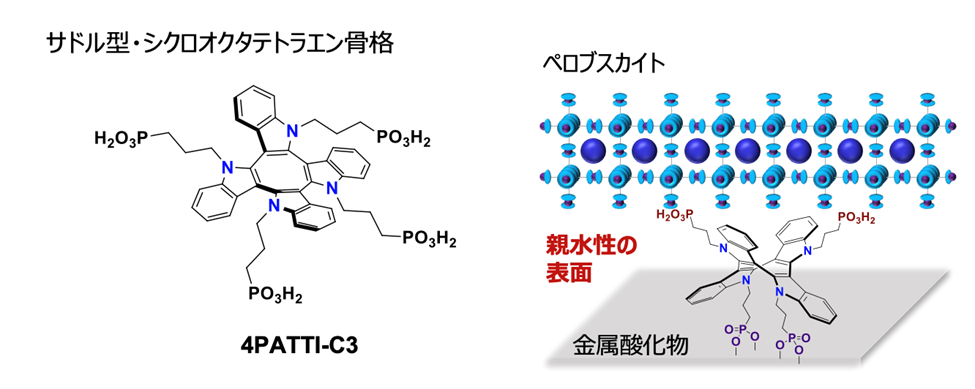2024-08-09 ノースウェスタン大学
<関連情報>
- https://news.northwestern.edu/stories/2024/august/how-we-could-warm-mars/
- https://www.science.org/doi/full/10.1126/sciadv.adn4650
ナノ粒子で火星を暖かく保つ可能性 Feasibility of keeping Mars warm with nanoparticles
Samaneh Ansari, Edwin S. Kite, Ramses Ramirez, Liam J. Steele, and Hooman Mohseni
Science Advances Published:7 Aug 2024
DOI:https://doi.org/10.1126/sciadv.adn4650

Abstract
One-third of Mars’ surface has shallow-buried H2O, but it is currently too cold for use by life. Proposals to warm Mars using greenhouse gases require a large mass of ingredients that are rare on Mars’ surface. However, we show here that artificial aerosols made from materials that are readily available at Mars—for example, conductive nanorods that are ~9 micrometers long—could warm Mars >5 × 103 time smore effectively than the best gases. Such nanoparticles forward-scatter sunlight and efficiently block upwelling thermal infrared. Like the natural dust of Mars, they are swept high into Mars’ atmosphere, allowing delivery from the near-surface. For a 10-year particle lifetime, two climate models indicate that sustained release at 30 liters per second would globally warm Mars by ≳30 kelvin and start to melt the ice. Therefore, if nanoparticles can be made at scale on (or delivered to) Mars, then the barrier to warming of Mars appears to be less high than previously thought.



